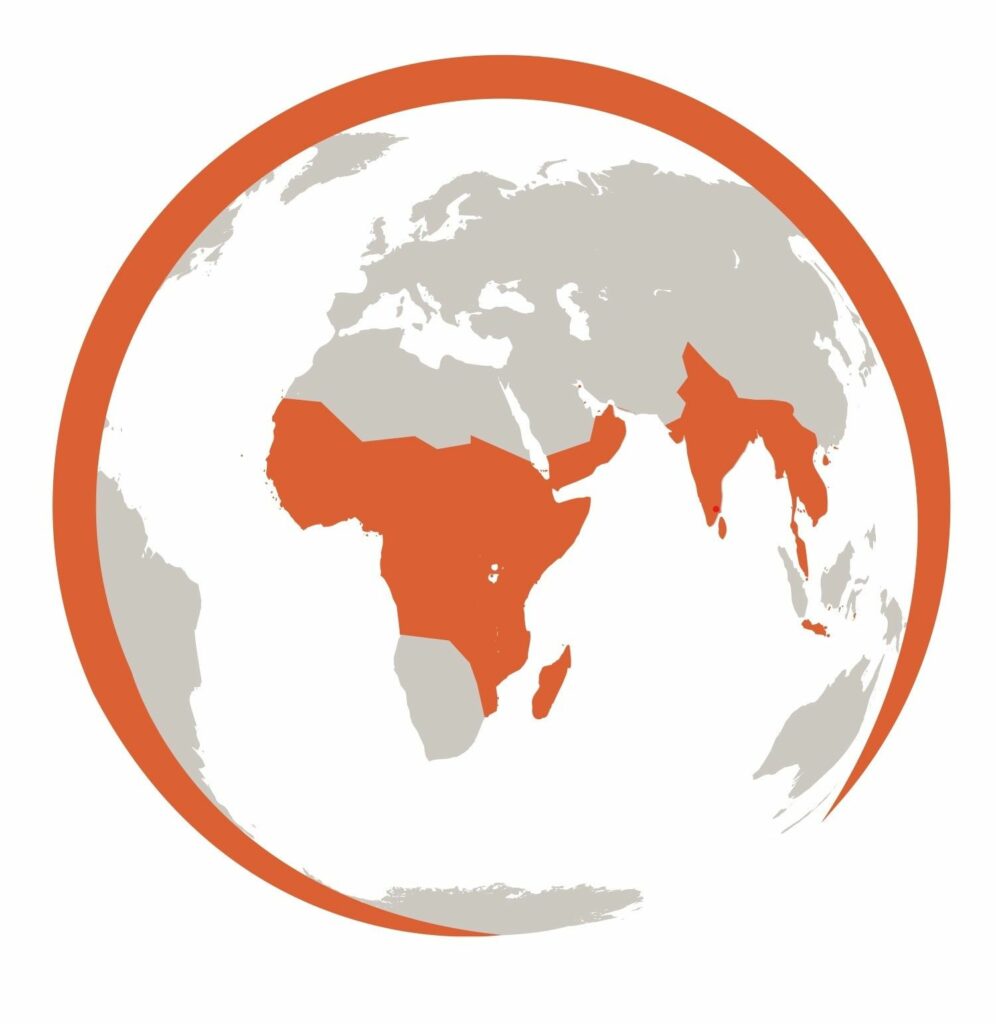Funders
USAID
Location
Bangladesh
Dates
2016-2018

Childhood blindness affects an estimated 40,000 children in Bangladesh. An estimated 36% of cases are treatable and 32% are preventable, but eye care is not uniformly available and awareness of eye health issues is low. In April 2016, Sightsavers began implementation of a 23-month project funded by the USAID Childhood Blindness Programme to provide a systemic solution to childhood blindness in Khulna division.
Tropical Health was commissioned to conduct an end-of-term evaluation to review project achievements, assess the long-term impact on eye health services for girls and the very poor, identify key successes and challenges and make recommendations to inform future project design.
The evaluation framework covered seven criteria (relevance, effectiveness, efficiency, impact, sustainability, scalability/replicability, and coherence/coordination), each of which were assigned specific questions to guide the scope of the evaluation. Tropical Health’s mixed-method evaluation included key informant interviews and focus group discussions, supported by document review and the analysis of existing quantitative data.
After conducting interviews and discussions involving 57 participants, document and data review, plus fieldwork in two districts, Tropical Health produced a comprehensive analysis of the project’s achievements, successes and challenges in each of the seven criteria. The Tropical Health report included 16 actionable recommendations and 12 lessons learned, to inform future programming.
Tropical Health found that the project was not only highly relevant to the needs of the target population and well-aligned with national policies and priorities, it met or exceeded all output targets. It succeeded in engaging a wide range of community-level actors to increase awareness of eye problems, facilitate early identification of children with eye problems and encourage care seeking. It also succeeded in delivering screening services to girls, increasing the number of trained health workers, and integrating eye care into primary care services. The sustainability of the gains made by the project are unclear given the short duration of the project and limited availability of financial support and paediatric surgery at the district level. The Tropical Health team’s results contributed to narrative sections of the USAID Project Final Report.
Global Fund / Nigeria National Malaria Elimination Programme
Nigeria
2023 - 2024
Belgian Cooperation/ Light for the World
Democratic Republic of Congo, Rwanda, Tanzania
2021-2022
UK Aid and People’s Postcode Lottery / Sightsavers
Malawi, Uganda
2023 - 2024